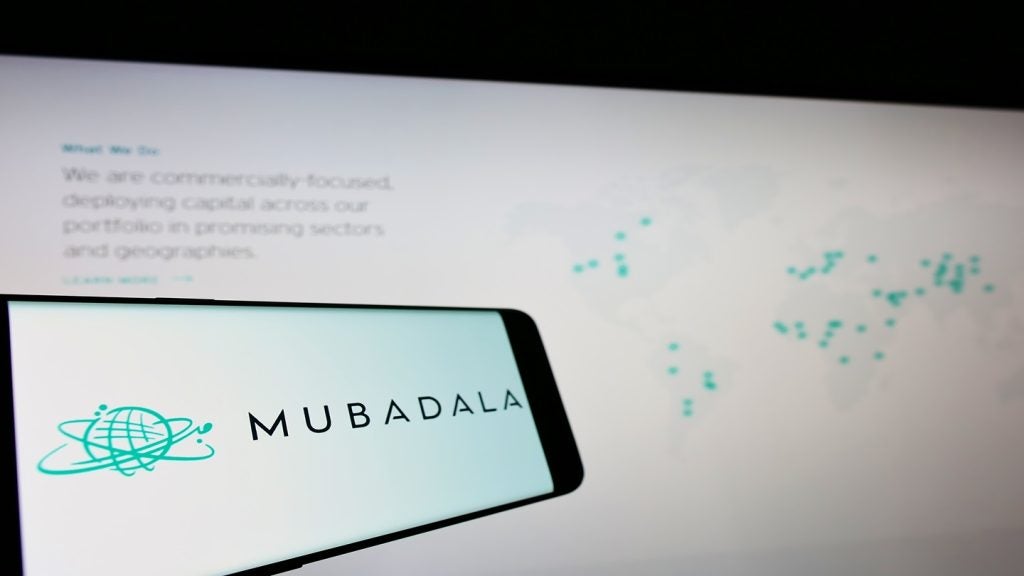Entering the Fleet Street banking hall of C. Hoare & Co is a Tardis-like experience, like time-travelling back to the 18th century. Ancient muskets stored by the front doors date back to the involvement of bank staff in the Light Horse volunteers during the turbulent Napoleonic era.
It’s an impression of permanence that the bank likes to foster. Indeed, it makes much play of the Great and the Good who have been clients over the centuries, like Samuel Pepys, Thomas Gainsborough and Lord Byron.
In reality, the bank in the last several years has quietly undergone arguably what has been one of the most profound modernisations in its long history, centering on introducing state-of-the-art financial planning and investment management. On the foundations of its traditional strong banking business, Hoare’s has quietly been transformed into a front-line holistic wealth management provider.
Not that the bank necessarily sees it that way, still preferring to underplay its thorough makeover.
In a rare interview, Hoare executives James Hoare , head of portfolio management, and Annamaria Koerling, head of investment management, talked to PBI about the bank’s evolution, and the driving forces that have led to such profound change.
Notwithstanding its modernisation, the bank still likes to see itself as ‘an island of stability in a time of volatility’, adhering to its core value proposition of a bank that traditionally shelters clients from a fickle and rapidly-changing world.
How well do you really know your competitors?
Access the most comprehensive Company Profiles on the market, powered by GlobalData. Save hours of research. Gain competitive edge.

Thank you!
Your download email will arrive shortly
Not ready to buy yet? Download a free sample
We are confident about the unique quality of our Company Profiles. However, we want you to make the most beneficial decision for your business, so we offer a free sample that you can download by submitting the below form
By GlobalData"Over the past several years, we have been implementing a strategy to build a modern wealth management business," says James Hoare. "We have been investing heavily in systems and people and combined our financial planning and investment management under one roof." Now, he says, Hoare’s can offer "a 360 degree service to our clients."
These brisk winds of change were first seen back in 2009 when the bank appointed Jeremy Marshall, head of UK private banking at Credit Suisse, as its chief executive after Alexander Hoare, the head of the bank, took a sabbatical for several months. It was a rare example of an outsider coming in to run the family-owned institution.
Picking up the pieces
At the same time, Hoare’s benefited hugely from the global financial crisis of 2008 onwards, when scared clients switched their funds in droves to the Fleet Street institution when big questions were being asked about the soundness of giant rival like Lloyds and RBS.
During the height of the crisis in October 2008, client deposits flowing into the firm reached record levels of £1.8 billion (US$3.34 billion) and customer deposits grew 16% that year.
The Eurozone crisis and the various banking scandals of the past few years also contributed to the "unsettling" of investors, says James Hoare, as "they lost trust in the banking sector."
With a touch of humour, Hoare executives at the time said the inflows represented a "run into the bank."
James Hoare says that much of that influx of money subsequently proved "sticky", and has stayed with the bank even though the banking crisis subsided. This helped the bank achieve two landmarks last year, when funds under discretionary management passed the £1 billion mark while its lending also surpassed the £1 billion point.
But there’s another reason that the family-owned Hoare’s has proved attractive to a growing number of clients. In James Hoare’s words, "Clients are often fed up with the complexity of being serviced by one of the bigger private banks. You can have one bank, but have to deal with up to 10 different statements (on your financial position)."
He adds, "Then there’s the tendency to push products, along with a lack of transparency on charges and fees. The over-engineering of portfolios also causes disquiet."
Crucially, wealthy clients – and their families – have increasingly complex needs, from tax, financial planning and inheritance through to investment requirements – requiring Hoare’s to review where it wanted to be in terms of market positioning for the future.
Investment performance paramount
One starting point for Hoare’s drive into financial planning and investment management was the premise that "investment performance is key", along with strict dividing lines that prevents any conflicts of interest between the bank and client. Its back-office systems, including internet-based banking facilities, have been extensively upgraded.
Annamaria Koerling, who joined the bank three years ago from Merrill Lynch where she was responsible for the international discretionary portfolio management business i n London, explains that the bank does not produce any products itself and is thus wholly independent — unlike many in the industry which can have conflicts of interest.
"So the service is based on independent financial advice alongside discretionary asset management," she notes. The advice-led model can lead to conflicts between the adviser and the client, due to the temptations of choosing investments which provide the higher commission to the provider – despite the introduction of the Retail Distribution Review, Hoare’s feels.
Koerling stresses that the bank remains very focused on client needs and, unlike the big banks, does not attempt "to be all things to all men". Investment management is centred on providing a complete service to a relatively small number of customers.
Essentially, Hoare’s employs an "overlay" framework that can accommodate a wide range of client needs – from growth to conservative capital conservation – in designing its various discretionary offerings.
Still, Hoare’s is quietly satisfied that it has now amassed some £1.3 billion under management, after growth running at over 20% year on year over the past five years, and at 30% in the past year. Of this 30%, 10% comes from existing customers, 10% from new business and 10% from performance of the funds under management.
But Hoare’s still likes to foster loyalty and continuity, witnessed by the fact that, of its overall business, 60% comes from existing customers.
Bigger’s not necessarily better
As the bank pursues an unlimited liability model for its directors, Hoare’s is not looking for all its service upgrades to build a huge new business and a sudden ballooning of its balance-sheet.
As Alexander Hoare has famously said, of the unlimited partner model, the aim is always "to keep our business small and the family poor."
James Hoare stresses, "We do take a small number of new clients each year but we won’t expand beyond what we can handle. We are committed to sustain the value of our service."
So, in terms of clients, Hoare’s is staying roughly the same, with a total of 10,000 accounts with 6,000 actual relationships. The bank’s staff size is also staying at roughly the same level – at about 350 people.
Traditionally, Hoare’s used to insist that a new client had to be introduced by two existing customers. That is no longer the case, although the bank does like to use the referral route whenever possible. The recommendation of tax and accountancy firms remains an important way to generate new client business, for example.
When it comes to the size of clients’ net assets, there are no hard and fast rules. While there are a number of long-standing
accounts and existing customers who just want ISAs, most new customers tend to have assets of £5 million plus to invest.
Landed estates are still a very significant part of the bank’s customer base, but it is also seeing increasing business from wealthy entrepreneurs and professionals, clients which tend to value Hoare’s advanced online banking facilities.
A very large, but unnamed wealthy British business family recently moved its internet banking business from a large retail bank to Hoare’s, after finding the latter offered a superior service, according to the bank.
"Our business is based on our belief that it has to work for our client and work for our bank. Growth for growth’s sake is not on the agenda, only when it is something we can usefully offer," James Hoare declares.
Finally, the bank has a long-standing tradition of philanthropy and working with charities. This work has recently been augmented by the launch of the innovative Master Charitable Trust and the appointment of Simon Barker, formerly with Investec, to head its charities initiative.
The banking industry around the world has seen the dangers of opening the floodgates in recent years, James Hoare says, concluding: "For Hoare’s it ‘s imperative we always remain right-sized."







